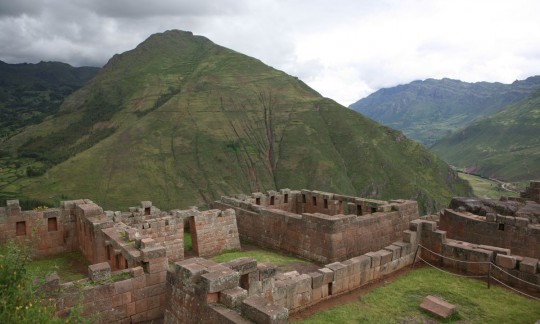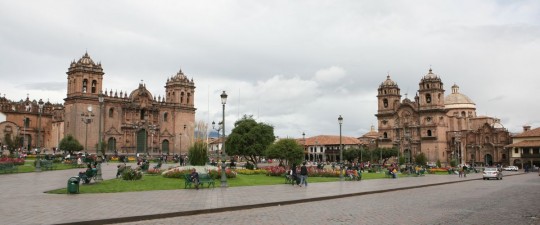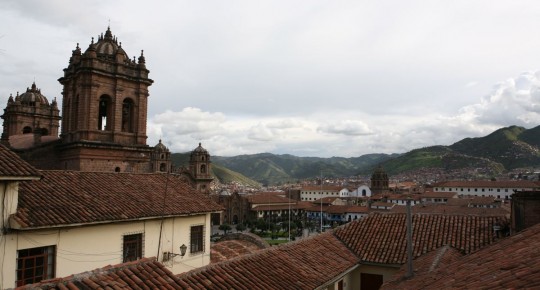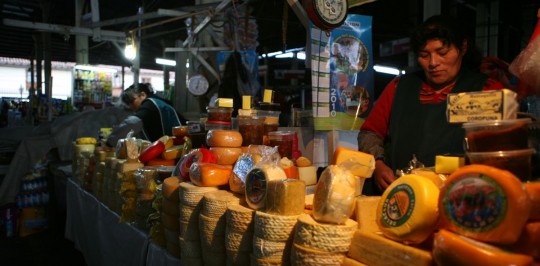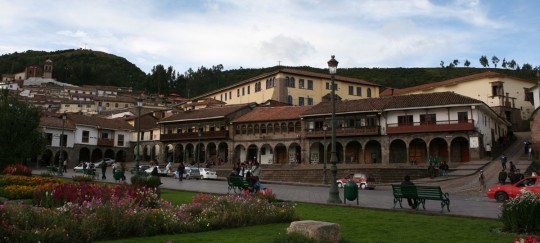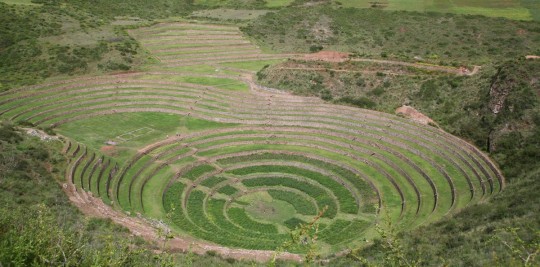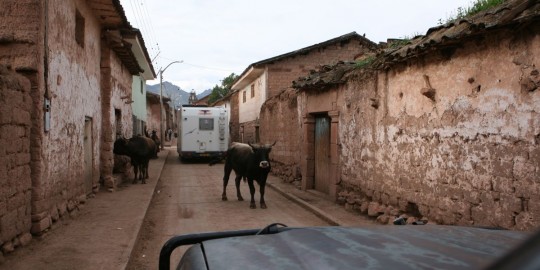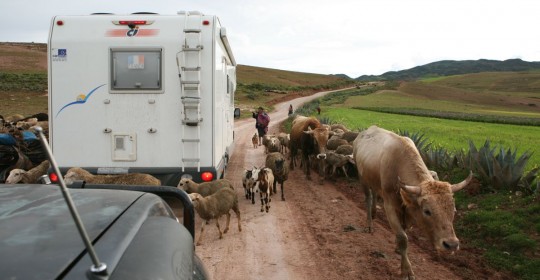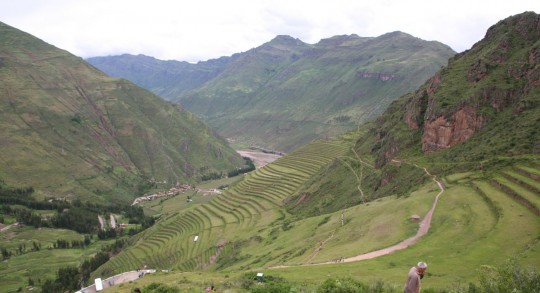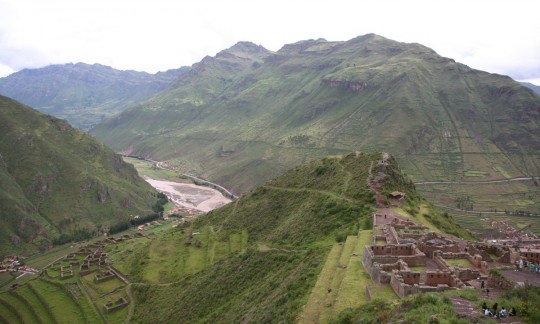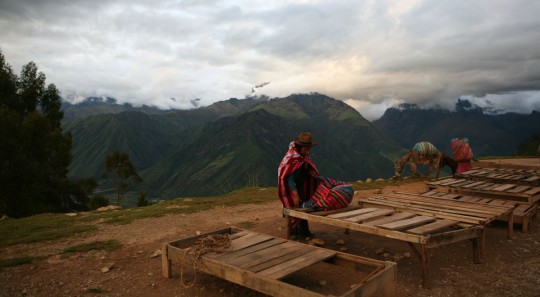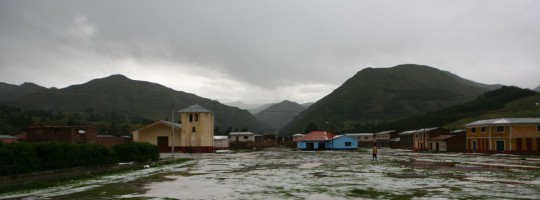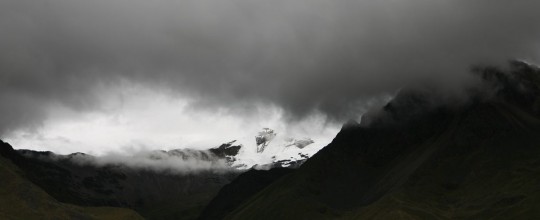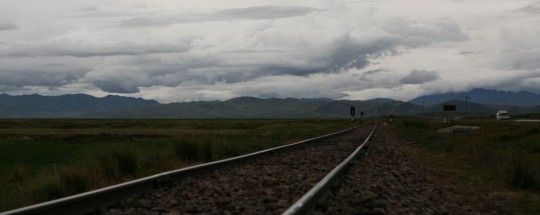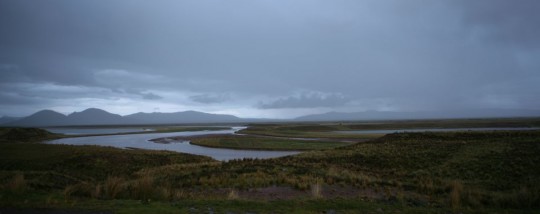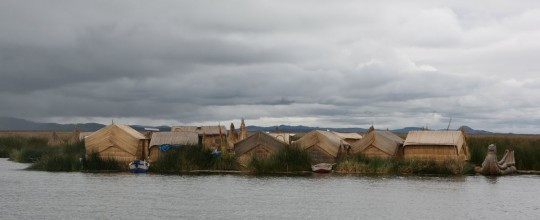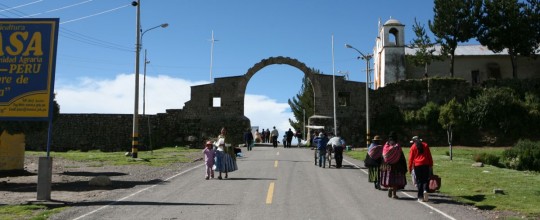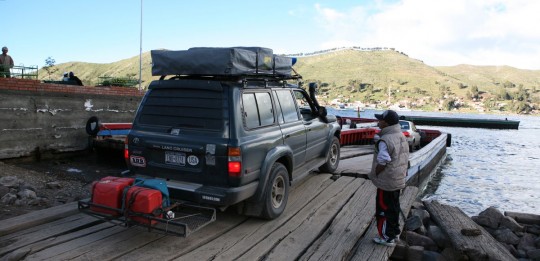
As we passed the border and make the migration and custom paperwork, it quickly become clear that Bolivia is a country that still has corruption problem. Not at the point where they will not let you pass if you don’t give money, but you easily get this kind of dialogue:
– Ok senor, everything is OK, and now you can make a contribution
– What do you mean, I don’t understand.
– Dinero?
– I don’t have any money.
– Si Senor, contribution.
– So it is corruption?
– No Senor, just contribution for the office, no corruption.
To all of them I say I have no Bolivian money, and no more Peruvian currency either. And they let me through at the end, because it is true, I have no more money, and I need to find a bank quickly.
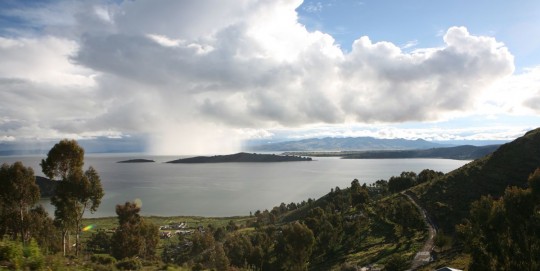
We cross the first town in Bolivia, Copacabana, a charming place on the southern shore of Lake Titicaca.
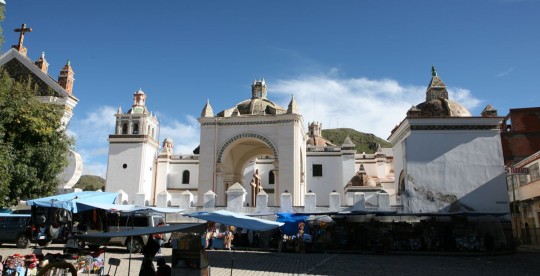
Its cathedral is worth seeing. Built in a Moorish style between 1605 and 1820, it is very colorful, and dominates the main plaza of the town.
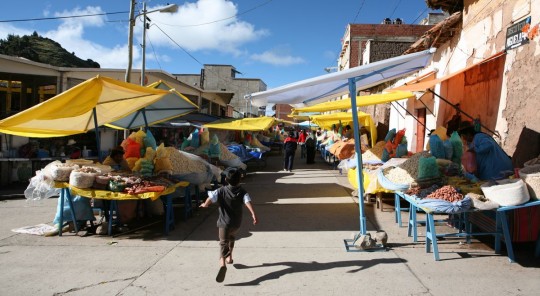
Copacabana in general is very colorful, and may remind you of a place you would see in Europe. There is a lot of tourist there, as it is the main departure for excursions on the lake.
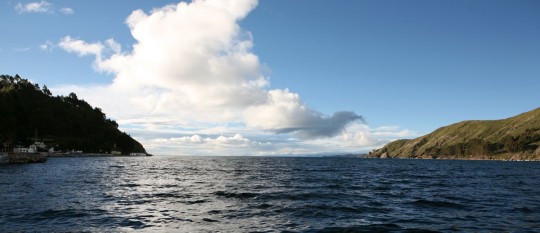
An hour after, we continued our drive on the shore of the lake, and as the day was ending, we arrived to the town of Tiquina. There, one can catch a raft to cross to the Bolivian mainland. It is a short ride, and it is good, as you can’t help but be worry about the fragile boat where I loaded my truck.
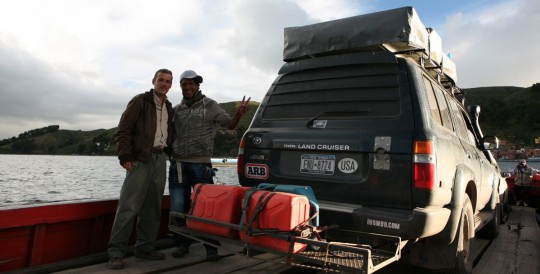
I still didn’t have local currency, and the boat ‘captain’ was a little bit puzzled when at mid-crossing I just handed him six U.S. dollars, but he finally accepted it when I showed him some science on my calculator. An hour after the crossing, we stopped in a village and slept on the soccer field. It was raining all night, but we were able to pull out without problem the following day. At another booth toll, I had to negotiate again to have them accept few dollars and we were on our way to La Paz.
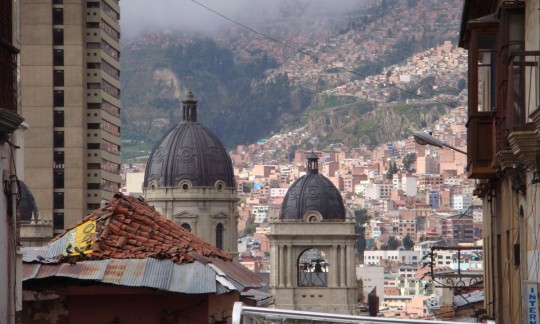
There, the traffic was a nightmare. I had some GPS coordinates of campgrounds, but we figured those were too far from the center, and we opted for a backpacker hotel where for US$17 we would stay two nights.
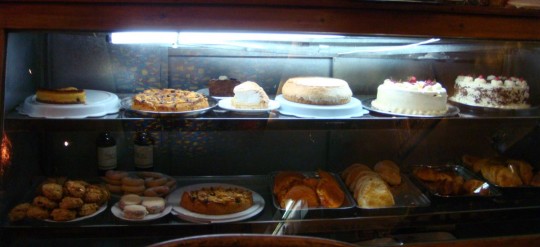
It is very nice to walk in La Paz, and somehow, the air reminds me of Paris, France. It is very tiring also, as the altitude takes its toll since you have to walk uphill a lot.
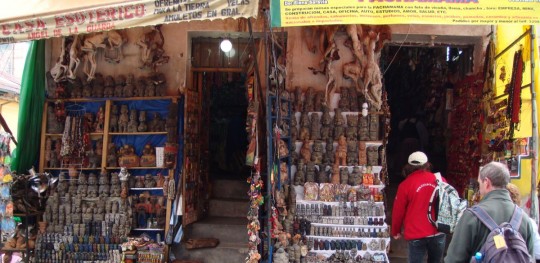
I found the markets to be the most attractive sights of the city. There is a witchcraft market, a food markets, an art supply market, a black market, an electronic market and more!

I spent the afternoon with Coen, another traveler who is staying in La Paz for few weeks to rebuild is Land Cruiser (find his website here). We spent time trying to find parts in the numerous specialized stores in the southwest of the city. La Paz was a nice surprise, as you hear from many people or guidebooks that the city is not worth visiting. I found the inverse to be true, and I hope to come back one day to spend more time. Also, Bolivia is dirt cheap, and you can stay there for a while with no big expenses. To fill up the tank of the truck, it did cost me only US$40, while in the U.S., this would have been double this price. That’s right, gas is less than US$2 per gallon. Don’t ask about quality though, since there’s no option, and no one seems to know neither the octane or if gas is leaded or not. Regardless, it did power my truck, and I don’t ask for more at this price.
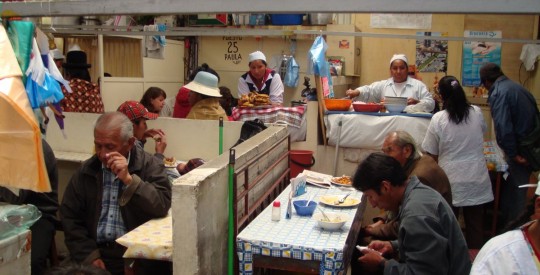
On Wednesday, we are leaving the city to go southeast to Potosi, and we hear there will be a two-days strike across the nation. Regardless, we decide to go on the road anyway, since nothing – as you will see – can stop the Expedition.

